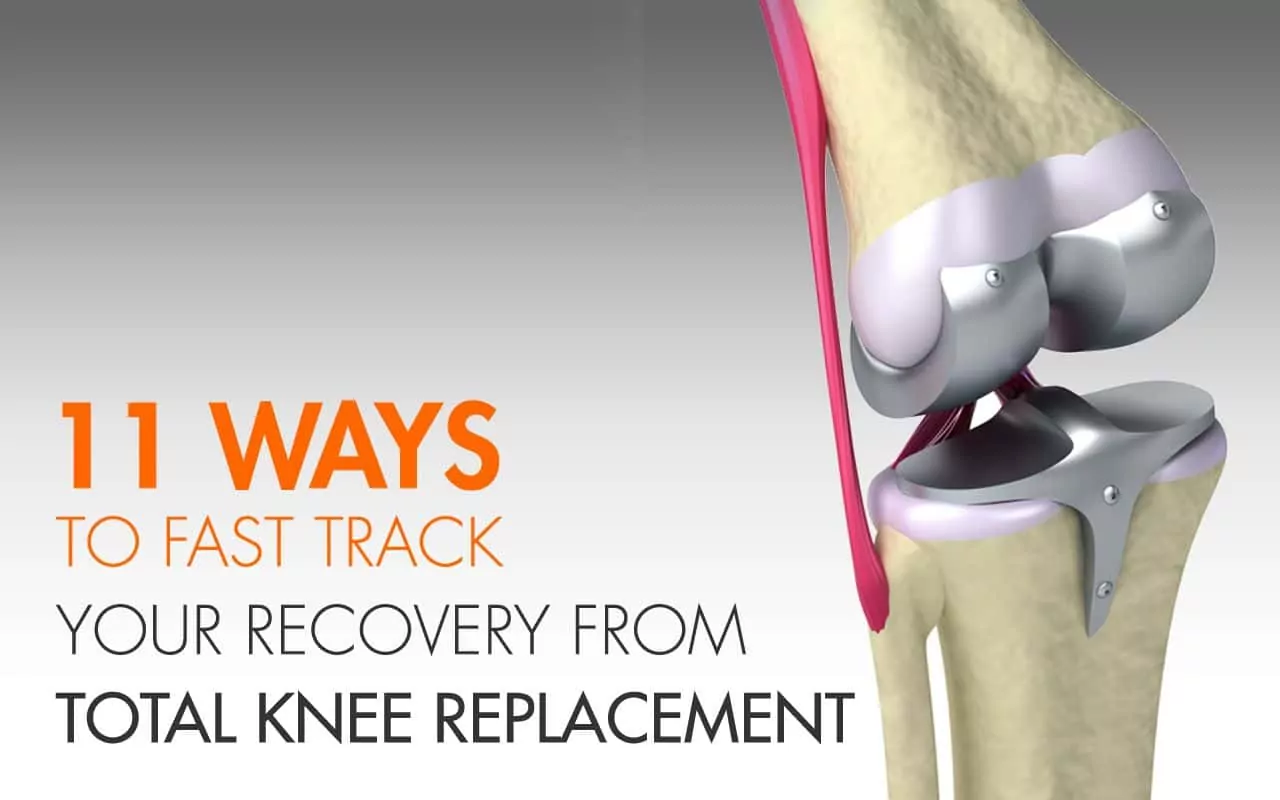Despite its importance, modern medical science is something that often goes under appreciated or unnoticed. This may be because it’s quietly working behind the scenes to make things happen for us, and to get us through the medical issues that would once have stopped us in our tracks. Epi-pens rescue us from the likelihood of anaphylactic shock, while on a less threatening but no less inconvenient note bad coughs are now addressed in half the usual antibiotic time with faster-acting meds. Maybe the main reason we don’t recognize these developments more is that they’re working so well – giving us enough of a great quality of life that we don’t often need more help. But what about total knee replacement? Has this evolved and how can you aid in recovery? Read on to learn more.
- Before you head in for the operation, make sure your home is structured to receive you when you return. Remember that your mobility at that point will be impaired, so you should reorganize everything to make it easy to move around. Keep things accessible and keep walkways as wide and uncluttered as possible.
- The operation begins with general, spinal or epidural anesthesia that will block your pain for the duration of the operation, which can be up to 2 hours. A cut is made over your kneecap, and the damaged parts of the joint are removed and replaced. You may spend some time, up to a few hours, in recovery before being taken to your own hospital room.
- After the operation proper, you’ll be in a hospital room, possibly with a tube to drain blood that collects around your knee. An IV tube in your arm will be used to channel replacement fluids and pain medication (as well as antibiotics and such) into your bloodstream. Compression socks will usually be recommended or outright put on so your circulation can be maintained.
- Recovery begins with physical therapy, which may include encouraging flood flow by pumping your ankles and breathing exercises to keep the lungs clear. This will likely be around day 2 of your hospital stay, at which point you may switch from IV pain meds to ones you can take orally. The doctor should instruct you in keeping track of your recovery, including what to watch out for like signs of an infection, clots, or even chest congestion.
- About three days after the operation itself you may be well enough to shower, but remember to only pat the area dry. It’ll be two weeks or so before you can soak in a tub or pool. It’s also at this point that staples and stitches will have been removed. Four days or so into your hospital stay you may be recovered enough to go home, although some opt to stay in a rehab center where they can be accompanied by trained assistance. GOAL: make sure you can comfortably bend your knee up to a 90 degree angle, and (reasonably) comfortably shift from sitting to standing and back.
- For your first week or so at home, apply what you were taught while at the hospital. Watch out for signs of infection like redness and fever. Use a bag of ice or a pack of frozen vegetables to keep swelling down. Try to walk for a couple of hours between rest periods. This is where having reorganized your home pays off. It would also be a good idea to have a caregiver or relative around to help you get around and help you with meds and such. Take short walks whenever you can, but don’t do this without a crutch or cane until you’re fully stable. Try not to push harder than you can handle.
- Three weeks into recovery, you should be more or less back up to full mobility. Kneeling (especially for a long time, such as for gardening and related tasks) may have to wait until you’re more well-recovered (about a month or two). Avoid the higher-impact sports for the time being, but things like golf and dancing are within your reach. GOAL: engage in a daily exercise regimen cleared by your physical therapist. This will help your new knee acclimate to physical demands sooner without risking injury (your PT will make sure to remind you to be realistic).
- By this point, three to four weeks in, you should be able to scale back on the pain medication. This is because, if you’ve stayed on the right path with your exercise regimen, there will be a remarkable improvement. You may be allowed to move to over-the-counter pain meds, but verify the safety of this with your doctor first if you’re also taking other medication that has blood-thinning effects.
- Total knee replacement roadmap: By six to eight weeks, you should be able to drive again. Don’t be surprised – you need quite a bit of range of motion to properly work the pedals. Don’t rush this, either. GOAL: Be able to return to comfortably doing day to day activities, including simple tasks requiring a range of motion like walking and climbing stairs.
- If you’re asking when you can go back to work… that will depend on what “work” is and how much of a demand it places on your joints. Jobs spent mostly sitting and typing or on the phone will be easier to get back to sooner, while jobs that require a lot of standing, walking, and such will not.
- A typical follow-up period will involve doctor consultations at 3 weeks, 6 weeks, then 3 months, 6 months, and 1 year after the operation. Over 90%$ of knee replacements have held up 15 years after the surgery was done.
For more information on our Copper Infused Compression Sleeves, Click Here!
